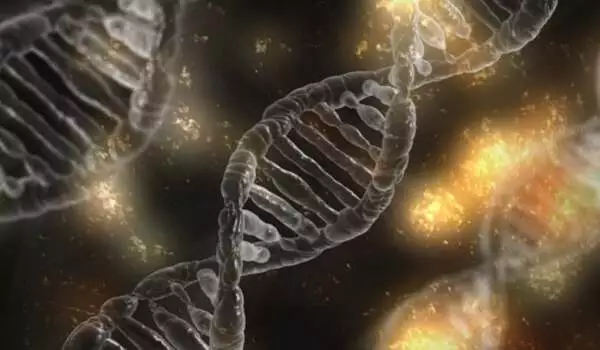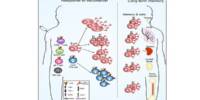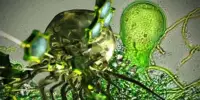The processes by which RNA molecules play a critical role in determining the developmental trajectory and functional characteristics of cells are referred to as RNA-guided mechanisms driving cell fate. These mechanisms are primarily associated with the action of small RNA molecules such as microRNAs (miRNAs) and small interfering RNAs (siRNAs), as well as the more recently discovered CRISPR RNAs (crRNAs).
Many of life’s mysteries are hidden in the early stages of embryonic development. Unraveling these mysteries can aid in our understanding of early development and birth defects, as well as the development of new regenerative medicine treatments.
The Australian Regenerative Medicine Institute (ARMI) at Monash University researchers used powerful and innovative imaging techniques to characterize a critical time in mammalian embryonic development, and their findings were published in Nature Communications.
Ribonucleic acid, RNA, plays a key role here. At the 16-cell stage, the different subtypes of RNA, named rRNAs, mRNAs, and tRNAs, are sorted to the two ends of a cell called apical and basal side. The distribution of RNA subtypes determines what the next generation of cells of the embryo will become.
Dr. Zenker
“Only a few days into the journey of embryogenesis, when turning into 16 cells, the embryo must make its first difficult decision – which of its cells will give rise to the embryo or will become extra-embryonic tissue, such as the placenta,” lead researcher Dr. Jennifer Zenker explained.
The research team discovered how this decision-making process is aided by capturing the inner organization of single cells in the early embryo in this study.
“Ribonucleic acid, RNA, plays a key role here. At the 16-cell stage, the different subtypes of RNA, named rRNAs, mRNAs, and tRNAs, are sorted to the two ends of a cell called the apical and basal side. The distribution of RNA subtypes determines what the next generation of cells of the embryo will become,” Dr. Zenker said.

Interestingly, while most mRNAs and tRNAs stay on the apical side, most rRNA molecules hitchhike down to the basal side on organelles called lysosomes. Despite having a lower overall RNA content, the apical sides of outer 16-cell stage cells contain all of the RNAs and other factors required for protein production.
The crowded basal side, on the other hand, is dominated by rRNAs. Daughter cells that acquire the apical side’s more active protein factories are more transformable and specialize in the future placenta. The daughter cells with pluripotency, or the ability to become any type of cell in the adult organism, receive the less translationally active bulk of rRNA.
These and similar decisions, known as cell fate, are critical in development because they determine how these early cells develop into their final cell types, such as skin cells, heart muscle cells, and brain cells. Being able to orchestrate cell fate opens up the possibility of developing new stem cell-based treatments for a variety of diseases and conditions in regenerative medicine.
“Just like in real life, cells can influence their own future by getting organized early. Our findings may pave the way for new methods of predicting and directing cell fate decisions,” Dr. Zenker said.
















